Do home remedies work for osteoarthritis?
Osteoarthritis (OA) is a degenerative disease. Treatment relies on a combination of conventional medicine and lifestyle changes. Medications can treat pain, but there can be side effects when you take these long-term.
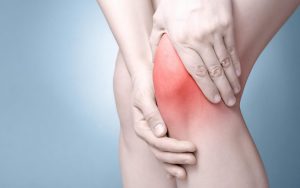
Dr Shriram krishnamoorthy , Consultant Orthopaedic surgeon, MGM Healthcare reassures that home remedies, lifestyle changes, and natural remedies can help manage OA pain with fewer side effects. Certain methods may even prevent OA from getting worse.
Home remedies aren’t meant to replace your current treatment. But they may provide more relief for OA. It’s important, though, to discuss home remedies and lifestyle changes with your doctor before trying them.
1)Hot and cold compresses
When it comes to pain, hot and cold compresses may be very beneficial. They don’t cause the long-term side effects that medications might. Heat is helpful for joint stiffness, and cold compresses are best for joint pain.
Compresses can reduce muscle pain or spasms surrounding a joint. Making a compress can be as simple as using a warm or cold towel.
Alternate between hot and cold each for 5 mins atleast 4 times a day
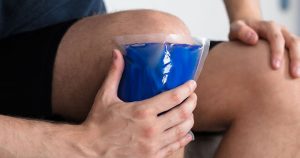
2)Epsom salt bath
Epsom salt baths can provide all over relief, especially for joint pain. The magnesium in Epsom salt may help with inflammation and pain. You can buy Epsom salt from a drugstore. These baths are safe enough to take as often as you’d like for 30 minutes at a time. Use 2 cups of Epsom salt in a bath of warm water at a temperature of about 102°F (38°C).
3)Topical ointments and creams
You may want to try topical versions as an alternative to oral over-the-counter (OTC) medications like acetaminophen and ibuprofen. These gels and creams may contain aspirin or analgesics to numb the pain. You can apply them directly to the affected joints. These products can work well for areas that are near the skin surface, such as your knees.
Another topical home remedy is capsaicin. Capsaicin is a compound made from hot chili peppers. Most of the ointment that cause burning sensation have this compound as an ingredient (counter irritant).
4)Support devices
Various types of assistive devices can offer added support without the need for medications. The exact devices you choose depend on the affected joints. Options include:
- braces
- canes
- grabbing or gripping tools
- knee taping (be sure to have your doctor or physical therapist show you first)
- shoe inserts
5)Lifestyle changes
For more long-term relief, lifestyle changes are often effective. Regular exercise, a healthy diet, and weight maintenance can help improve joint health and function. Over time, the muscles stabilizing your joints will strengthen and protect against damage.
Stay active
Exercise can be difficult with painful joints. But staying active can reduce pain in the long run, and even strengthen muscles to prevent further joint damage. The Arthritis Foundation says exercise is “the most effective nondrug treatment for reducing pain and improving movement in osteoarthritis.”
The best types of exercises for OA use slight resistance, improve flexibility, offer an aerobic element, and are low impact. Options include:
- bike riding
- swimming
- tai chi
- walking
- yoga
Talk to your doctor before starting any new exercises, especially if you haven’t been active . It is ideal to do 150 minutes of aerobic exercise every week at a moderate intensity. You can also start with shorter periods of exercise and add time as you get stronger.
For example, you could start walking for 10 minutes and gradually increase the speed and length of your walks. If you’re new to exercise, you may find slight pain after your workouts. This could mean you need to take a day or two off and then resume your workout regimen. Don’t quit exercising altogether.
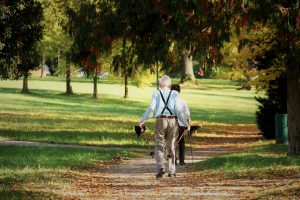
6)Natural remedies
Natural remedies are increasing in popularity for conditions like OA. In our country , people believe they may be safer since they have fewer side effects compared with traditional medications.
Talk to your doctor about the following natural remedies. “Natural” herbal supplements can carry side effects and interact with medicines you might take. Always be sure to buy supplements from a reputable source.
Green tea: Anti-inflammatory beverage
Green tea contains polyphenols. These compounds may help reduce inflammation and the need for medications. Studies have reported green tea to increase cartilage protection.
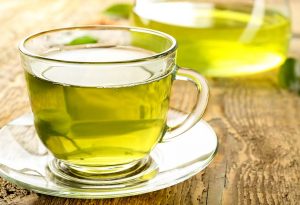
Ginger: Pain reducers
Oral ginger is also noted for reducing pain from OA. According to a 2015 study in Osteoarthritis and Cartilage, ginger taken long-term may even decrease the risk for OA-related disability. Due to the risk of side effects, the National Center for Complementary and Integrative Health recommends using ginger moderately as a spice instead of supplement forms.
The biggest risk to ginger overdose is the withdrawal symptoms. Ginger can cause upset stomach, diarrhea, and heartburn. It may also interact with prescription medications, like Warfarin, because it’s an anticoagulant (blood thinner).
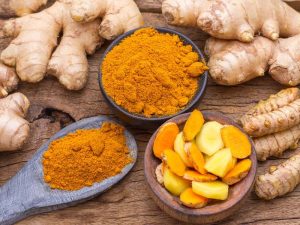
Turmeric (curcumin):Treats inflammation, pain, and stiffness
Curcumin is the active compound in turmeric. It’s is part of the ginger family, but may help OA in different ways. Studies show that the substance may fight inflammatory compounds. It may also help reduce pain and stiffness during an OA flare-up.
For the treatment of arthritis, the recommendation is as follows
- capsules: 400 to 600 milligrams up to three times per day
- powdered root extract: 0.5 to 1 gram, three times per day
If taking turmeric, you may need to add black pepper to activate the herb’s benefits. While turmeric is generally safe it can cause nausea and may interact with blood thinners.
7)Eat OA-friendly foods
Eating a balanced diet can help you feel better and lose weight. Research shows that certain foods are especially beneficial for OA.
Good food for arthritis
- broccoli
- citrus fruits
- fish rich in omega-3 fatty acids (tuna, salmon, mackerel)
- garlic (contains diallyl disulphide, which may reduce cartilage damage
- green tea
- low-fat dairy products (calcium and vitamin D may promote joint and bone health)
- nuts
- plant-based oils made from avocado, olives, safflower, and walnut
On the flipside, certain foods can aggravate OA symptoms by increasing body inflammation.

Bad food for arthritis
- alcohol
- aspartame (artificial sweetener)
- salt
- saturated and trans fat
- sugar
- white bread
- rice
8)Maintain a healthy weight
According to the Research papers on arthritis , each kg of body weight puts the equivalent of three to six kgs on joints. Weight loss can go a long way in alleviating joint pain and OA prevention. This may also be helpful for people with OA in their knees and hips, as these joints bear a lot of weight.
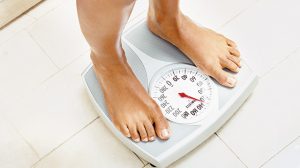
When to see your doctor
OA is a chronic (lifelong) condition. Managing condition and symptoms can go a long way in stopping further damage to your joints. Lifestyle changes and home and natural remedies can complement your treatment plan. They may even provide extra relief.
While such changes can make a big difference, it’s important to know when you need to see your doctor. You might need to make an appointment in the case of a flare-up, if your symptoms get worse, or if your current treatment plan isn’t helping. Your doctor should check your joint pain and stiffness for potential damage.
